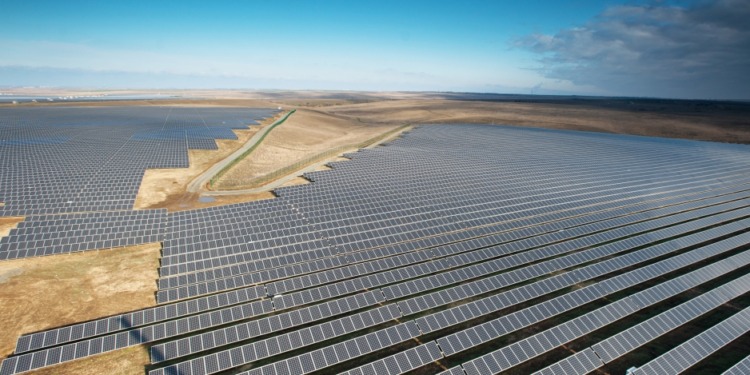In keeping with yesterday’s COP27 theme of energy, the Global Solar Council (GSC) held a panel in which they discussed the importance of solar power as well as the problems that the renewables industry in its entirety is facing.
One of the representatives, John Karydas, CEO of the Copelouzos Group that specialises in renewables and energy storage, also announced a new giga-project in which an electrical cable will be used to connect Egypt and Greece, enabling solar energy to be sent from Egypt throughout Europe.
Global Solar Council at COP27 | Renewables Giga-Projects: The Mediterranean could be a first mover | November 2022 https://t.co/PvPNLVENuR
— GlobalSolarCouncil (@GSolarCouncil) November 15, 2022
The Global Solar Council, “the voice of the world’s solar energy industry,” is a non-profit organisation that represents national, regional, and international associations related to solar photovoltaics (PV).
COP27 has reminded us of just how important such groups are as it becomes increasingly vital that the energy transition is accelerated. Solar PV in particular, as a scaleable renewable energy source with a relatively low-cost investment, will form a vital part of this process.
As GSC highlights, solar energy payback times are below five years in many countries, and the prioritisation of this form of renewable energy will provide new opportunities for people in a vast range of jobs.
Related Articles: Solar Energy at COP27: What to Expect | Biden Pauses New Solar Tariffs to Revive the Solar Industry, but at What Cost?
However, as yesterday’s panelists explored, solar energy, and renewables in general, are currently facing a number of challenges restricting their capacity for expansion. These key issues include:
- High fossil fuel subsidies which, GSC suggests, should be redirected into renewables.
- Questions surrounding security of energy supply in the face of growing geopolitical and military threats.
- Regulation of energy networks that currently do not give solar PV equal access to the market. This could be solved, according to GSC, by an increased focus on educating stakeholders on the unique and valuable attributes of solar energy.
The Solar Power Duck Curve Explained
Learn more:https://t.co/FYWLXZtGlR pic.twitter.com/fJCvX1l2SX
— Elements (@VCElements) November 15, 2022
The GSC’s event at COP placed a particular focus on the capacity of the Mediterranean to play a central role in the expansion of the renewables industry.
In fact, John Kardyas used the opportunity to explain the Copelouzos Group’s plan to install a cable spanning 950 km under the sea, linking the Sahara desert in Egypt to Greece. This cable would be able to harvest the solar energy gathered in the desert and send 3,000 MW to the European grid, powering households and industry alike.
It is hoped that this giga-project, which has to date received $3.56bn in investments, will help to wean Europe off the fossil fuels and natural gas that they are currently reliant on whilst additionally encouraging further involvement of the private sector in renewables.
“Also, the green energy we will transport will be much cheaper than today’s energy prices. You understand that this will help both Greek and European consumers,” Karydas has previously stated.
The group hopes that this project will be completed within just three to five years.
Should all go to plan, this giga-project may inspire similar ventures where renewable energy is transferred from areas where the climate or geography makes such energy possible in abundance, to those where it is not.
It is this international collaboration that will likely prove pivotal in our global efforts to tackle the climate crisis and reach net-zero by 2050.
Editor’s Note: The opinions expressed here by the authors are their own, not those of Impakter.com — In the Featured Photo: Petrovo solar station. Featured Photo Credit: Wikimedia Commons.











